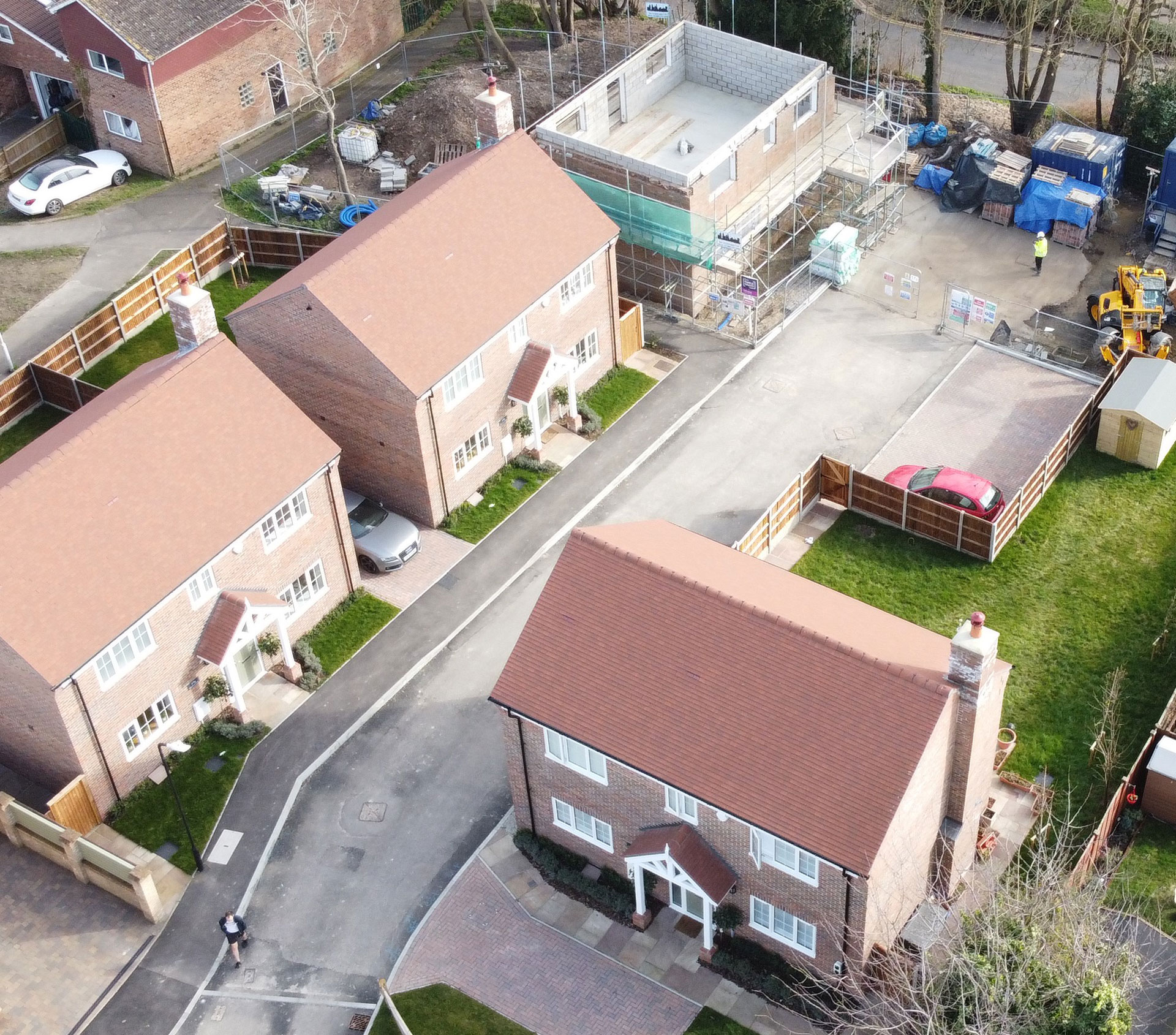Understanding the impact a new development can have on the value of neighbouring dwellings is an instinctive concern for many property owners.
After all, your home is likely to be your biggest investment, so you’ll want to protect its value against the risk of any sudden depreciation.
But before we buy into the myth that a new development will lower nearby property values, let’s see what really happens by coupling our own experience with a study published by The London School of Economics and Political Science (LSE).
In their 50-page report, the LSE examines the impact of eight residential developments of 300 dwellings or less at various Barratt Developments sites across the UK. Here are some of its key topics.
It’s no secret many planning applications are likely to attract objection letters and petitions from the public.
As well as the general resistance to change itself, those who oppose new developments also worry about the impact on local infrastructure and facilities, recreational spaces, increased traffic and the disturbance to wildlife.
But according to the LSE, the most likely cause for resistance stems from the economical concern that increased housing supply could reduce prices of existing dwellings, as well as the degradation of local attributes.
At Blackthorn Homes, we will always set up community engagement meetings to address any concerns, as well as contribute to the Community Infrastructure Levy, which funds improvements to local infrastructure.
According to the LSE, properties with significant amenity value that neighbour a new development (within a 0.3-mile radius) “will generally see some falls in prices either during or immediately after construction”.
Contrastingly, “property prices were little affected or even rose in areas which were poor condition before the development took place”.
In both instances, the variation in price during the construction phase is short-term and tends to blend with wider market property values within 24 months of development completion.
If a new development is built on land with a lower amenity value, you’ll likely see a boost in local market confidence.
For example, a derelict industrial unit will offer little value in way of functionality and aesthetics and, depending on its proximity to existing dwellings, may negatively impact prices.
However, should an abandoned site be replaced by a residential development that complements existing housing, there’s every chance you’ll see an increase in local market prices.
The LSE report also picked up on other factors affecting nearby property prices, including the scale of the development, the quality and nature of the design and, of course, the role played by planners in mitigating any negative impacts.

The study across eight varied sites confirmed no real straightforward price pattern occurs across any neighbouring property.
However, the evidence does suggest any dip in price is only temporary and will usually recover within 24 months. In many cases, the growth trends of a nearby property will continue to increase past its pre-development value.
*Some of this growth will be down to the general rise in postcode property prices and local authority area.*
The evidence goes on to say that most developments “generally blend into the broader housing market quite quickly and follow the prices observed in the wider area”.